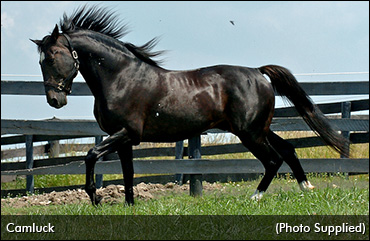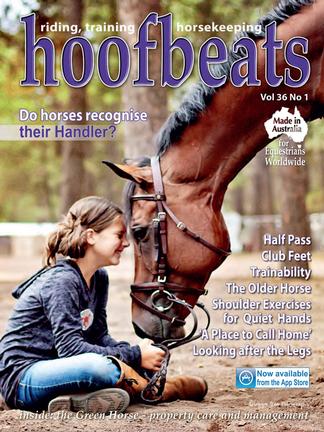
Like any other serious investment your chances of success are greatly improved when you understand the fundamentals of the business and make use of all the tools and information at your disposal to make the confident decisions needed to improve your percentages. The most important percentage in my mind, however, is the first 18%, the right pedigree.
The only factor that can be used with confidence is the correctness of the pedigree – does it fit the stallion’s profile - the proven or predicted pattern of success?
It is a relatively easy process to find out once you have learned how to do your homework. In today’s world of computers, high-speed communications and the Internet, we have a wealth of information upon which to make better, smarter, more confident decisions.

Homework has never been easier and failing to do yours guarantees failed decisions.

I am a great fan of the great thoroughbred breeder Tesio and also of Marg Neal, a famous Canadian pedigree researcher, who was quoted in Hoofbeats as follows –
“The purpose of doing the paperwork is to produce the individual. Once the individual is on the racetrack, it doesn’t matter what the pedigree is. I’ve always talked about breeding for dominance – finding the individual that is the strongest aspect of the mare’s pedigree, then finding the stallion that has that individual in a certain place in his pedigree.”
“We have been conditioned by the restriction of catalogues and advertising to view our horses, at most, as three generation animals. There are a great many people out there today that will tell you there is no reason to look beyond the grandparents of any animal. I disagree. It is, however, a handy position to take for those unwilling to do their homework. There is a model of breeding that is like a pattern, and the pattern persists over generations, although, of course, the names change. I like to see a mare that is inbred, and a sire that is not.”
A friend of mine has won several lottery prizes while I have seldom won more than a free ticket and the occasional $5. The difference? He checks the frequency and patterns of successful numbers and buys his tickets accordingly. Even in a lottery you can improve your odds if you take the time to do your homework. The same applies to breeding and buying Standardbred horses. Then again you can sit back, play the guessing game and get what fate allows.